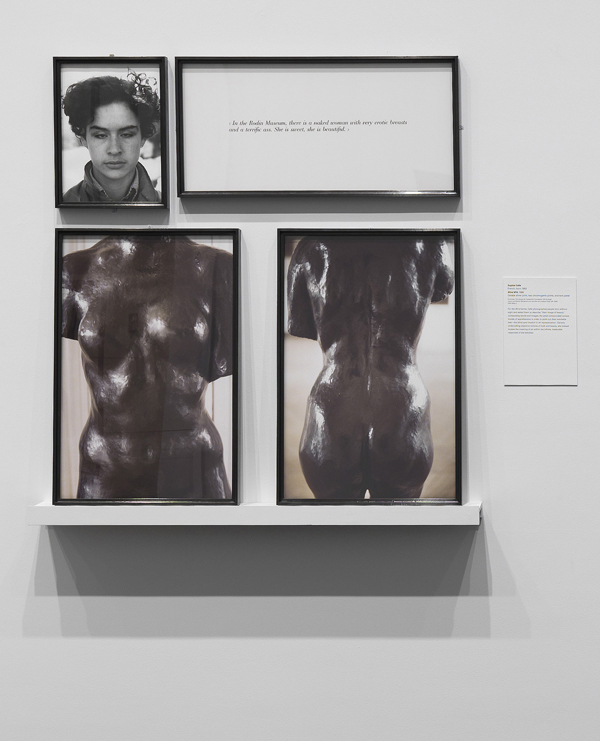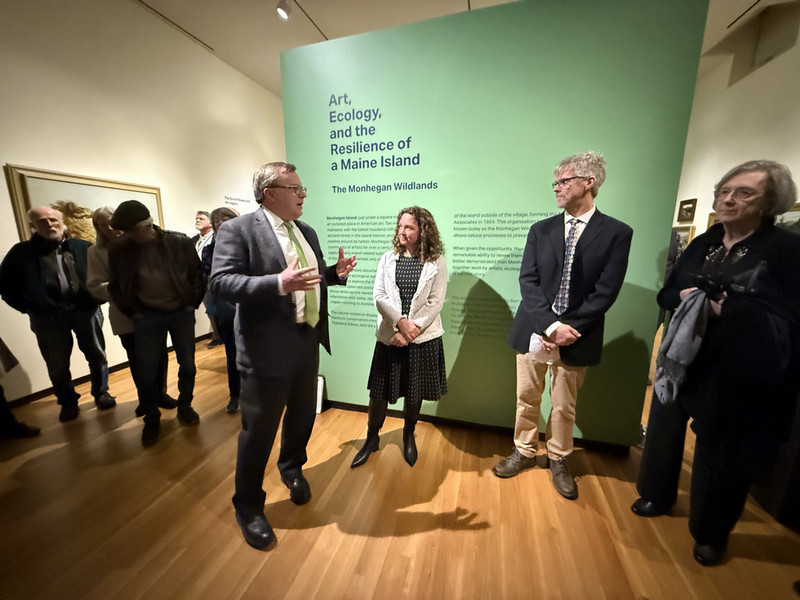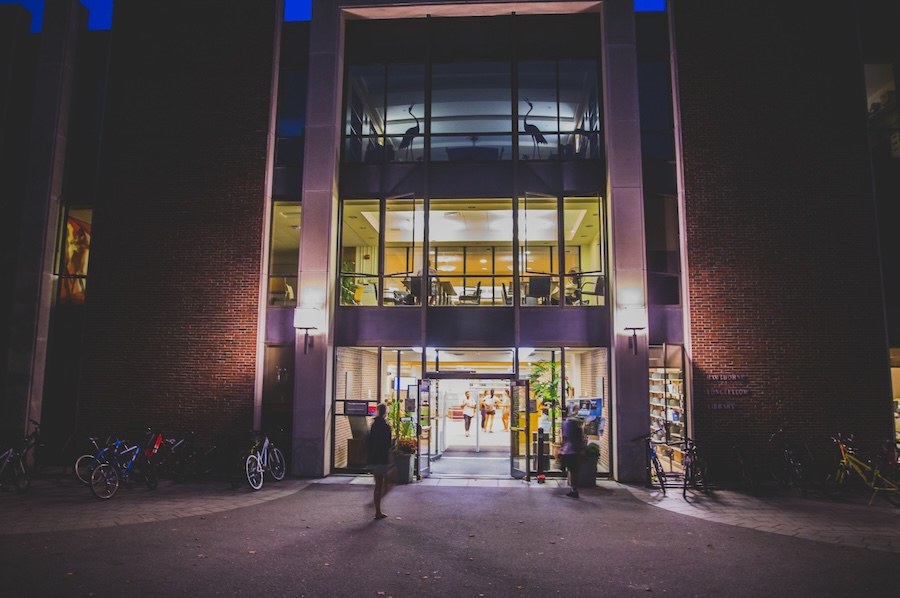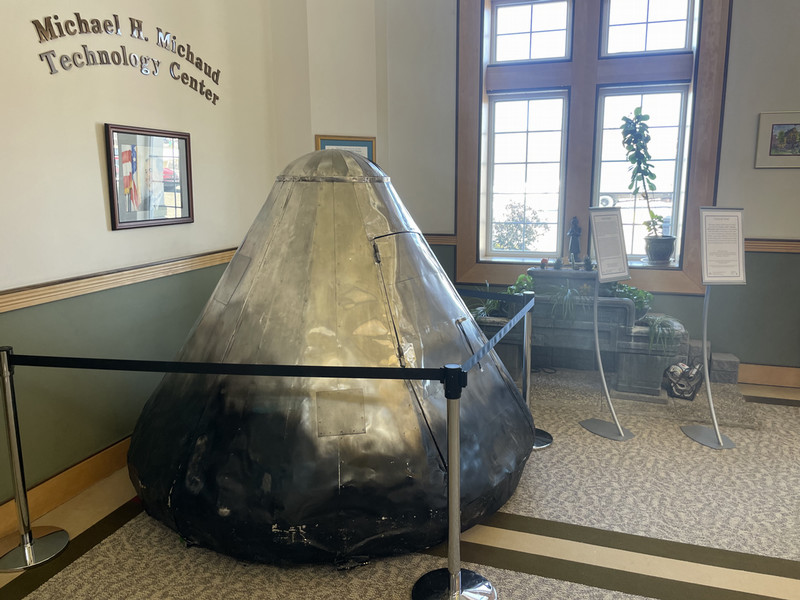“Second Sight: The Paradox of Vision in Contemporary Art” to open in early March at the Bowdoin College Museum of Art
By Bowdoin College Museum of Art
How do we know what we cannot see? On March 1, the Museum will open Second Sight: The Paradox of Vision in Contemporary Art, which features approximately 35 works by a diverse range of artists who explore the experiential, psychological, and metaphorical implications of blindness and invisibility in recent American art. Artists such as Terry Adkins, William Anastasi, Sophie Calle, Felix Gonzalez-Torres, Joseph Grigely, Ann Hamilton, Glenn Ligon, Carmen Papalia, and Lorna Simpson employ unconventional modes of representation that defer or obscure an easy reading in order to suggest sight, representation, and ability as social concepts.
Vision, the strongest and most privileged of the senses, has long been linked with authority, knowledge, power, and belief. The inability to see, on the other hand, is commonly associated with the opposite qualities. To be blind to the consequences of one’s actions, for example, associates blindness with ignorance. But what becomes possible if one embraces the domain of the unseen not as a space of nothingness or lack, but as a gateway to explore the unknown, to experiment, to inquire? In the words of author Jorge Luis Borges, who lost his vision at age fifty-five, “The world of the blind is not the night that people imagine.”
Sophie Calle’s series Les Aveugles (The Blind) (1986) queries the inner vision of those who have never been able to see, and how they understand and describe beauty, challenging the notion that beauty is a feature of visual aesthetics. Other works, such as Felix Gonzales-Torres’“Untitled” (water), a blue-hued bead curtain, require activation through the visitor’s touch. A number of drawings made without looking, by Robert Morris and William Anastasi, stand as documents of the artists’ embodied interaction with the world, the artwork’s surface, and the very idea of art-making as an exercise of the hand and mind.

Sound and language drive the sensibility of other works. Glenn Ligon’s large silkscreen painting Come Out (2014) repeats the phrase “come out to show them,” appropriating both the form and content of a 1966 sound composition by experimental musician Steve Reich. Reich’s piece samples the oral testimony given by a victim of race-related violence in the 1960s; over time, the repeated phrase “come out to show them” becomes noise. By contrast, Ligon’s work abstracts the phrase through overprinting, emphasizing the constant tension between revelation and withdrawal. Spoken and written communication is at the heart of Joseph Grigely’s work. Grigely, who has been deaf since childhood, is interested in how language materializes. What Did I Say? (2008), for example, is made of handwritten conversation fragments held with people who don’t speak sign language.
These works, among others that engage sound, texture, language, ideas, and the environmental, not only illuminate the other side of the visual field, but also engage senses often suppressed by the gallery and museum environment. Challenging visual legibility, they point to what we cannot see, whether by choice, habit, or physiological limitations, in the world around us.
The exhibition features new drawing acquisitions by Shaun Leonardo, Class of 2001, and Nyeema Morgan, and will include resources for low-vision visitors, such as audible descriptions and large text and braille labels. A range of programs will accompany the exhibition, including a curator’s gallery talk by Ellen Tani (March 1 and March 29), gallery talks with artists, and film screenings, including the critically-acclaimed documentary Notes on Blindness (2014) on April 10.



